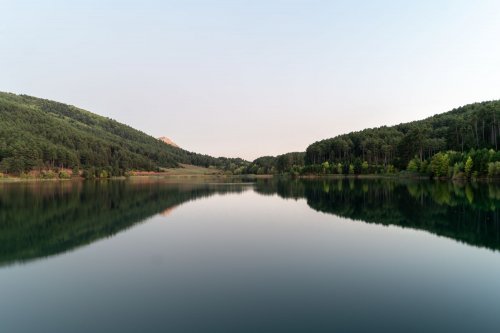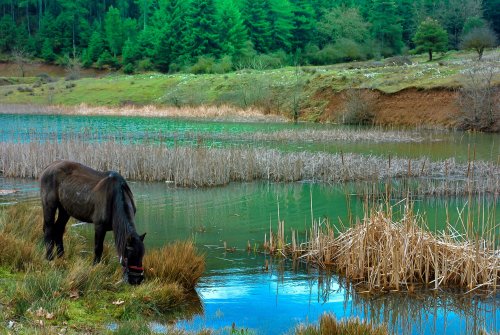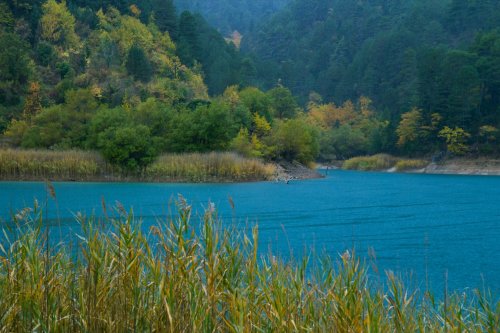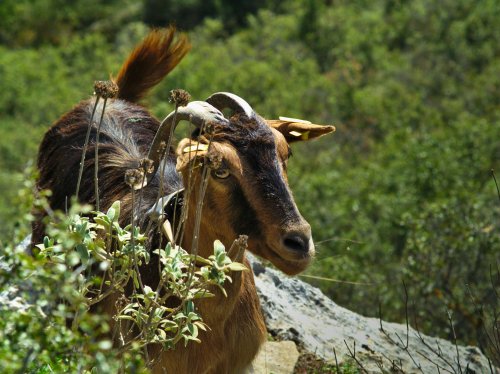The lakes of Peloponnese
We travel to the most beautiful lakes of Peloponnese
The lakes of Peloponnese, although not as famous as its other landmarks, are a magical destination for every season.
In the summer their crystal clear waters will refresh you from the heat, in the autumn the golden tree leaves create the perfect conditions for relaxation, in winter the mountainous landscape is dressed in white and in spring the colors of nature reflect upon their tranquil waters. We travel to the most beautiful lakes of Peloponnese where blue meets green and they are in perfect harmony.
Lake Doxa, the… Alpine
The truth is we don’t get to see often a natural landscape becoming more beautiful after the human intervention, but there are exceptions and one of them is the artificial Lake Doxa. At an altitude of 850 meters, nestled among the summits of Zireia, Helmos and Dourdouvana on the valley of Feneos, Lake Doxa resembles an alpine-like landscape.
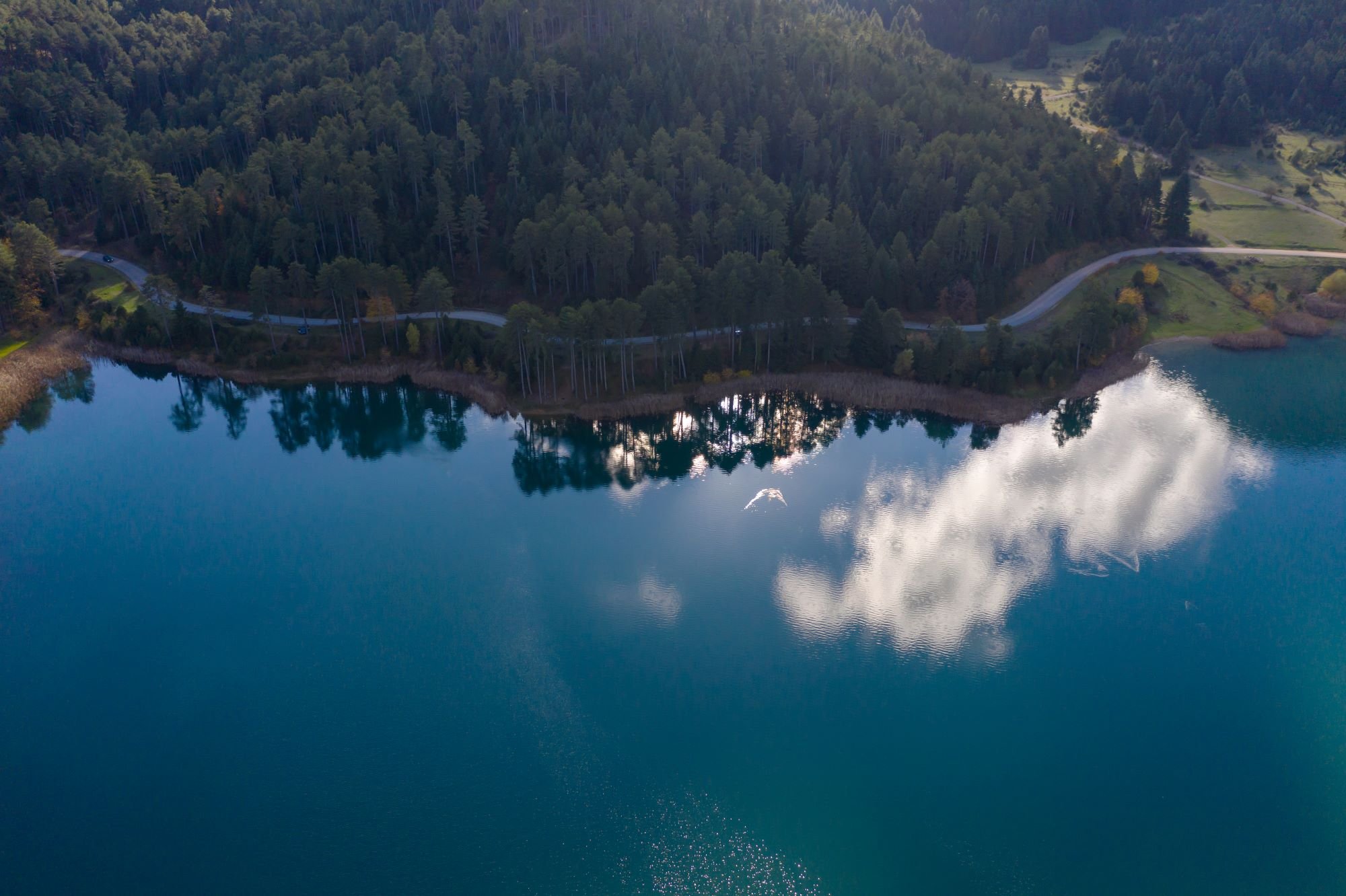
Although it was created in the late 90s, its clear blue waters are in perfect harmony with the environment and you will think that the lake has always been there.
In the center of the lake “hangs” from a narrow strip of land the small church of Agios Fanourios, while in the past there was the monastery of Saint George there too but due to the floods in the area it was moved to a neighboring hill.
Lake Doxa is a very famous and loved destination for trips since the wider area, apart from its incredible natural beauty, is suitable for activities such as horse riding, hiking, and cycling with motorcycles or buggies too for the less sportive types.
It is 40 minutes away from Lake Stymphalia (about 2 hours and 45 minutes from Athens) so you can combine the two lakes in one road trip.
Fun fact: At the bottom of the lake live blue crayfish.
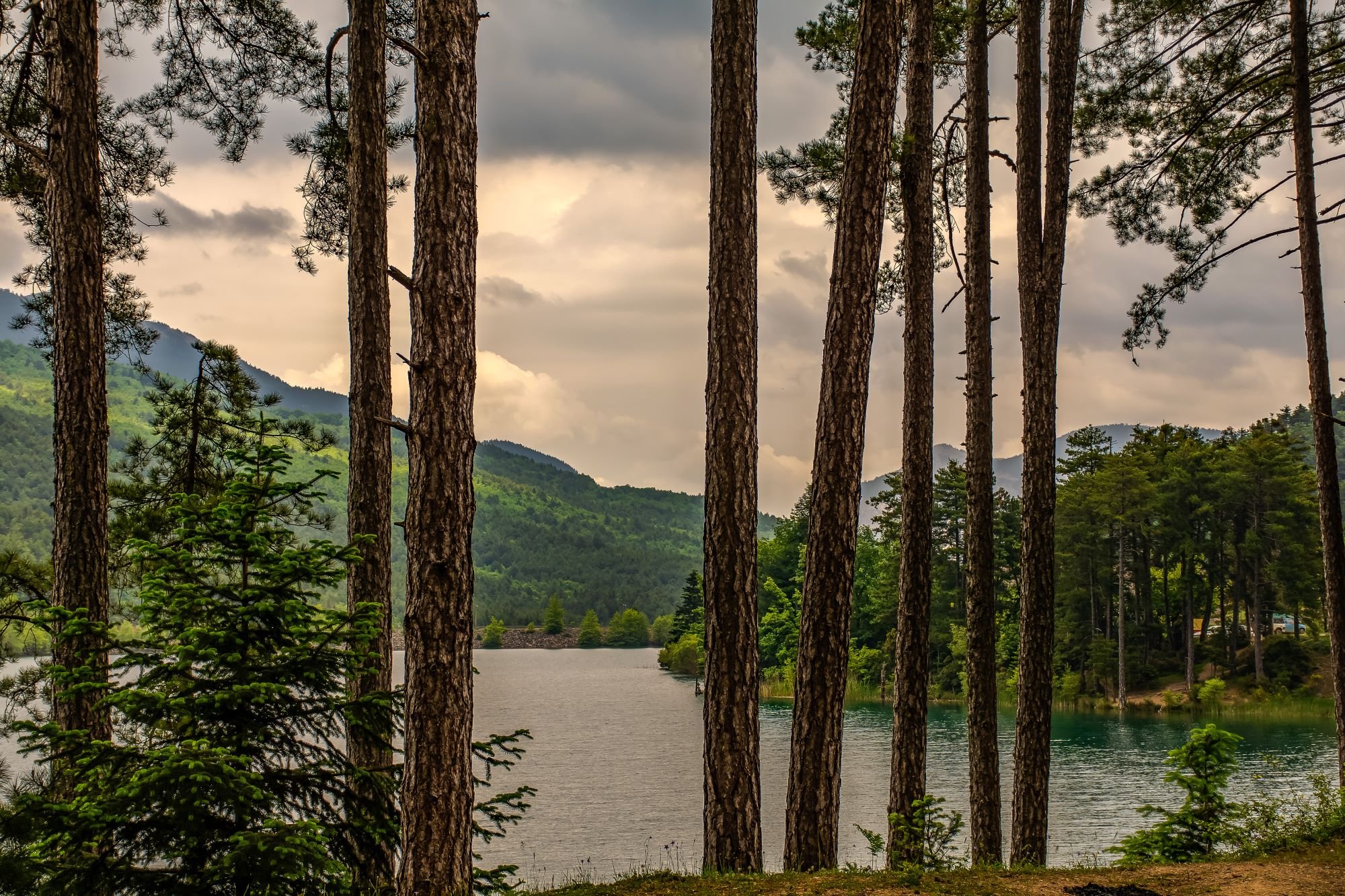
↓
↓
Lake Tsivlou, drawn like a painting
It was created in 1913 from the waters of Krathes River due to a landslide which crashed the Tsivlos and Sylivena villages. However, the landscape today is nothing like a reminder of destruction.

On the contrary, the lake adds its blue color to the green landscape of Zarouchla’s fir forest, creating a canvas that any impressionist painter would envy. You would enjoy walking, having a pic nic or even better cycling around the lake.
A little older than 100 years old, Lake Tsivlou is one of the newest lakes of Europe and therefore doesn’t have particularly lush aquatic vegetation. It is an important habitat for birds and animals though, since in the lake live many amphibians as well as otters and jackals.
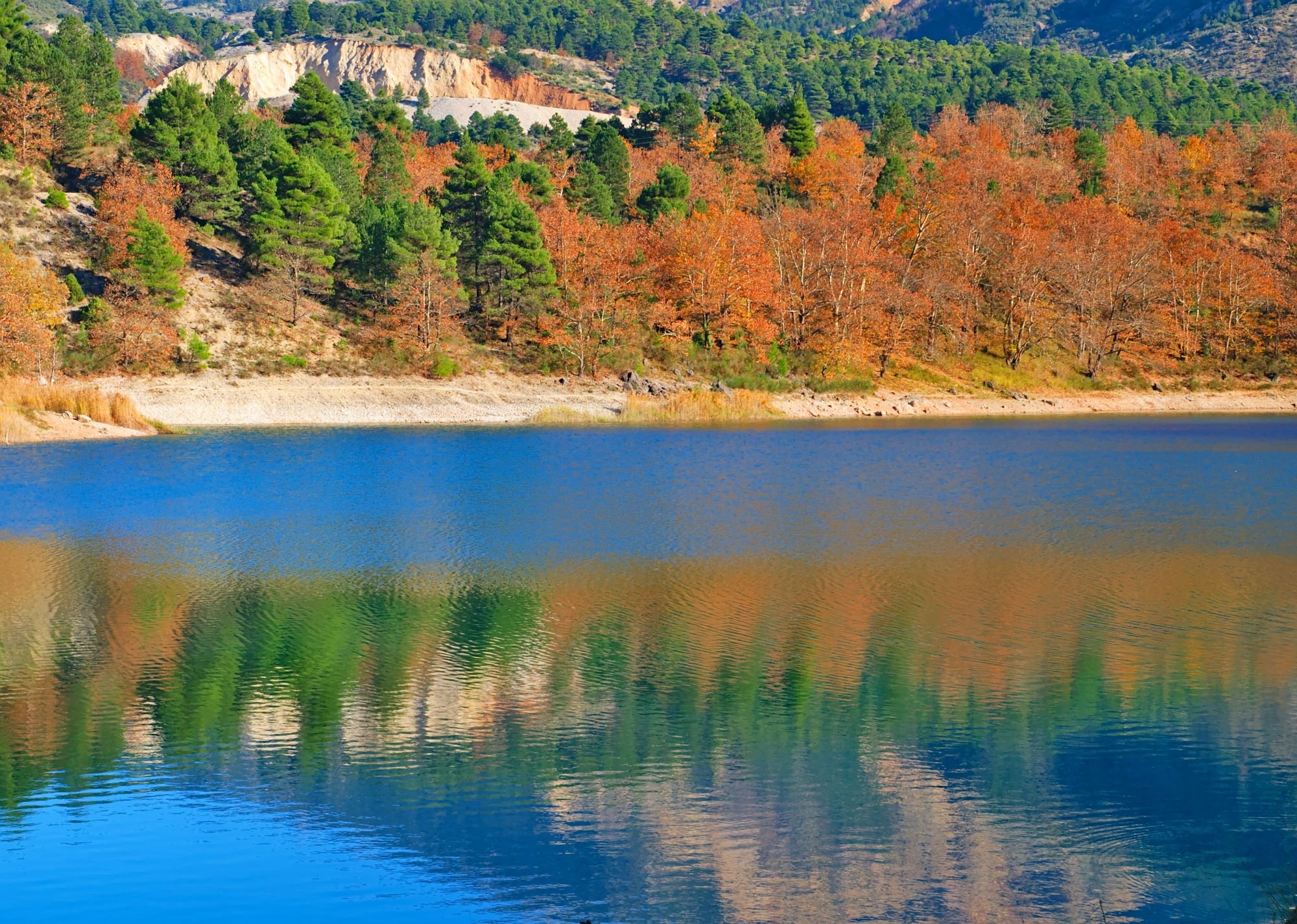
In water it has the freshwater mullet of Peloponnese which was trapped in the lake and some other aquatic species that were introduced by the locals.

By the lake there is a tavern to eat there called “Petrino”, and you have more options in a half an hour distance at the picturesque village of Zarouchla, which is definitely worth a visit.
↓
↓
Polylimnio, the “Blue Lake” of Peloponnese
In a 30 minutes distance from Kalamata, at the Haravgi village, is hidden a green heaven on earth surrounded by waterfalls and small consecutive lakes. It is a gorgeous place that every nature lover, hiker and (daring) swimmer would love. It’s a place that was kept secret for many years, since it has just recently become popular to the general public.
The route is easy through a path (at the most parts) but you will have to wear trainers and have a water bottle and some snacks with you too. Prepare then properly and explore all 15 lakes to the end! The view will be rewarding.
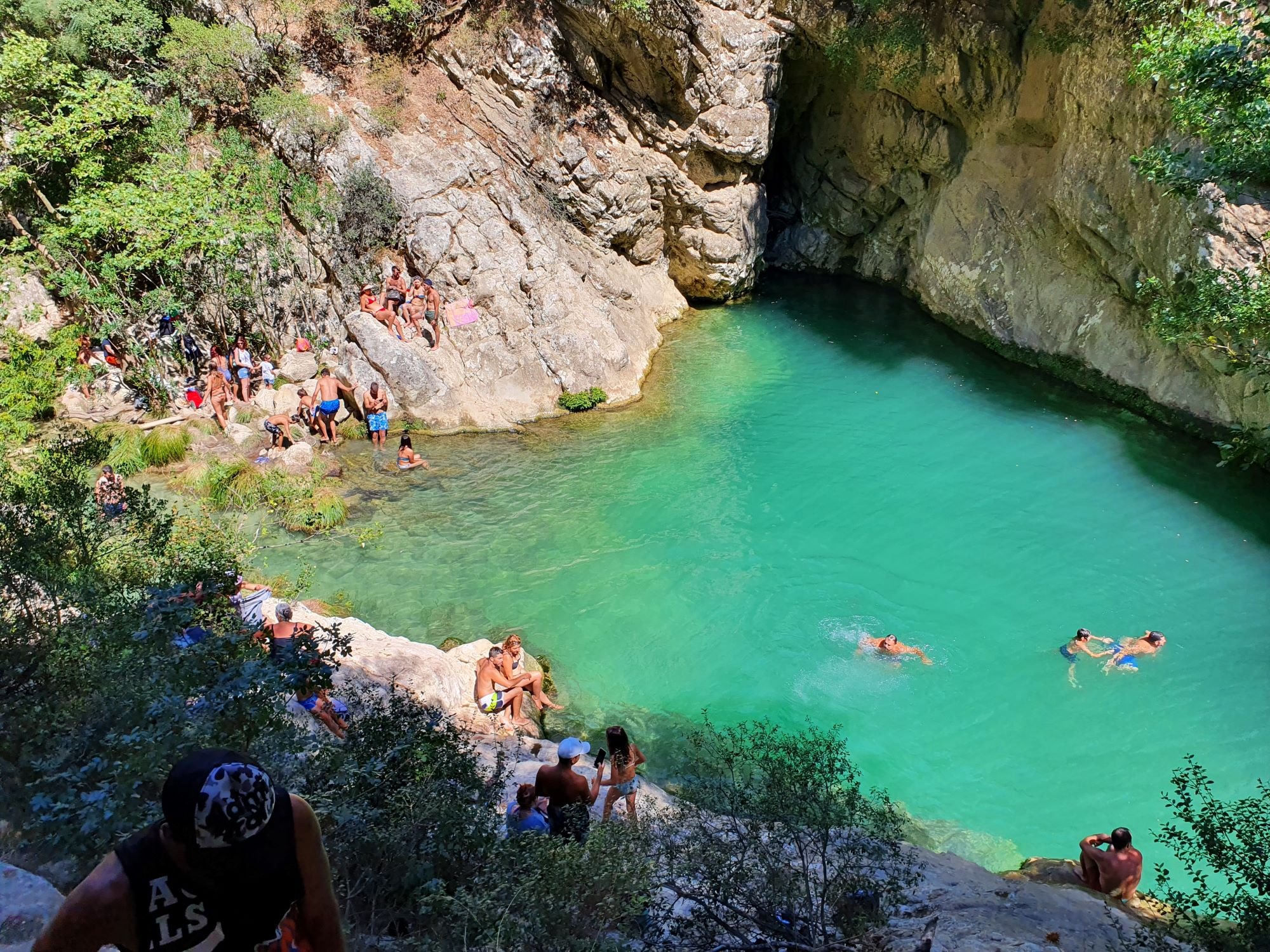
↓
↓
Lake Vouliagmeni, the salty
In a distance of 1.5 hour from Athens and 20’ minutes from Loutraki there is the beautiful lagoon of Vouliagmeni. It was created 3.000 years ago when an underground cave collapsed and created an infinite pit which was filled with sea water or according to another theory it was created when a terrible earthquake stroke.
The lake is ideal for swimmers since there is a beach with sand too, sunbeds and enough trees to provide shade while there are also shops for coffee or food. The lake is connected to the Corinthian Gulf through a very narrow canal, so the sea enters the lake and replenishes its waters. Very close to the lake there is the archaeological site of Hera’s temple that has a small picturesque beach and a lighthouse which definitely worth a visit.
↓
↓
Moustou Lake, the healing
Also known to the general public, Moustou Lake has two main smaller lakes and it is connected to the sea through two canals. It is a very important wetland as it has rare flora, it is house to otters and jackals (both are protected species) and in its waters live many kinds of fish.

It is also the greatest shelter of migratory birds in the eastern Peloponnese, while at the beach have been seen Caretta Caretta turtles.
In addition, its brackish waters have healing properties due to the sulfides contained in it and are suitable for those who have rheumatic conditions.
↓
↓
Lake Ladonas with its… Lady
It is an artificial lake created in 1955 by building a dam and since then it adorns the beautiful landscape that is offered for pic nic, hiking, fishing, cycling, boat rides etc. At the banks of Ladonas River, starting from the nearby Daphne village in Achaia, you can try your rafting skills too.

One of the main attractions of the lake is the five-arched Kyra Bridge (Kyra in Greek means lady). It was built in the 13th century from the Lady of Akova, the “Kyra”. Nowadays, it entirely sinks under the water for half a year and when the surface of the water is low enough you can see it risen from the bottom of the lake.
Interesting lakes are also Pinios Lake which is the biggest in Peloponnese, Taka Lake which is going to be aesthetically and functionally upgraded with tree planting, bike roads and other interventions, as well as the covered in fir trees, shallow but quite mountainous (at an altitude of 1.600 m.) Dasiou Lake.
↓
↓
Lake Stymphalia, the mythical
The mythical Stymphalia Lake is located on a plateau, at an altitude of 680m, surrounded by the snowy peaks of Ziria and Oligyrtos Mt. and is one of the few mountainous lakes of Greece.
According to mythology, in Stymphalia Lake Hercules finished his 6th Labor by killing the Stymphalian Birds. Hercules managed to drive the gathering of birds away from the lush vegetation, thanks to the pair of bronze krotala, noise-making clatters, which goddess Athena gave him, and then killed them with his arrows.
It is a nature reserve of rare species of bird fauna and a rest area for migratory birds; that’s why it is designated as a protected site under the NATURA 2000 programme. It is also interesting that in the lake lives a rare fish, the Phoxinellus Stymfalicious, which survives even during the dry season of the lake under the waterbed by creating a slippery envelop around its body.
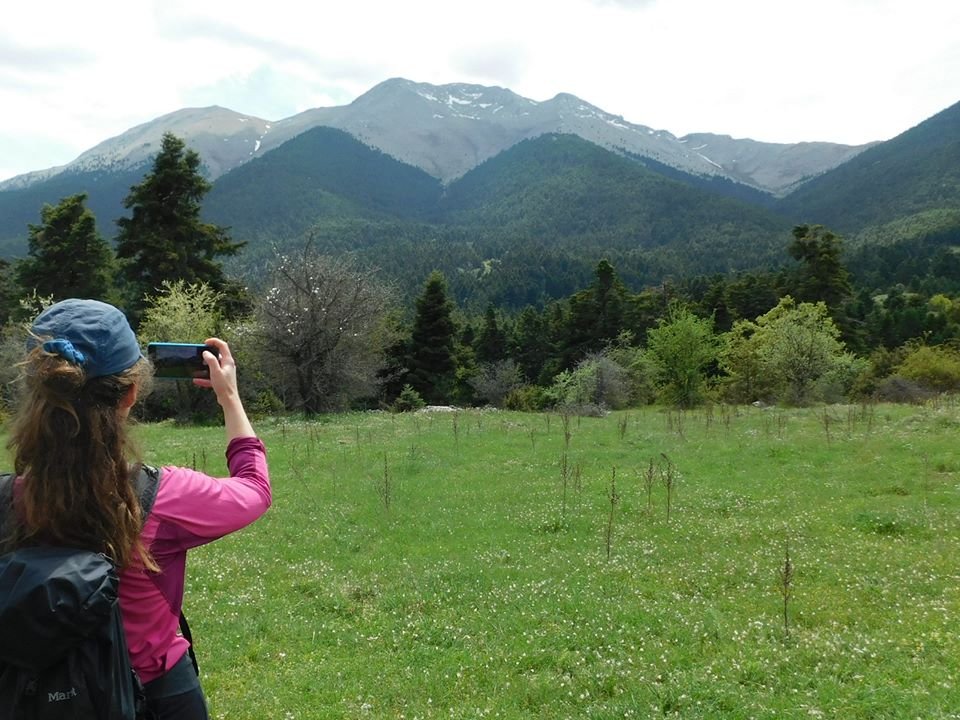
There are also visible parts of an ancient Roman aqueduct from Hadrian’s time, which used to carry water to Ancient Corinth.
If you found yourself there don’t miss the chance to visit the Environmental Museum of Stymphalia where you would be able to learn everything about the lake and how it influenced the development of human activity. The young explorers in particular will be excited with the museum’s lake cross-section, an open aquarium representing the lake with real fish and the area’s plants which they will be able to see on a real boat.
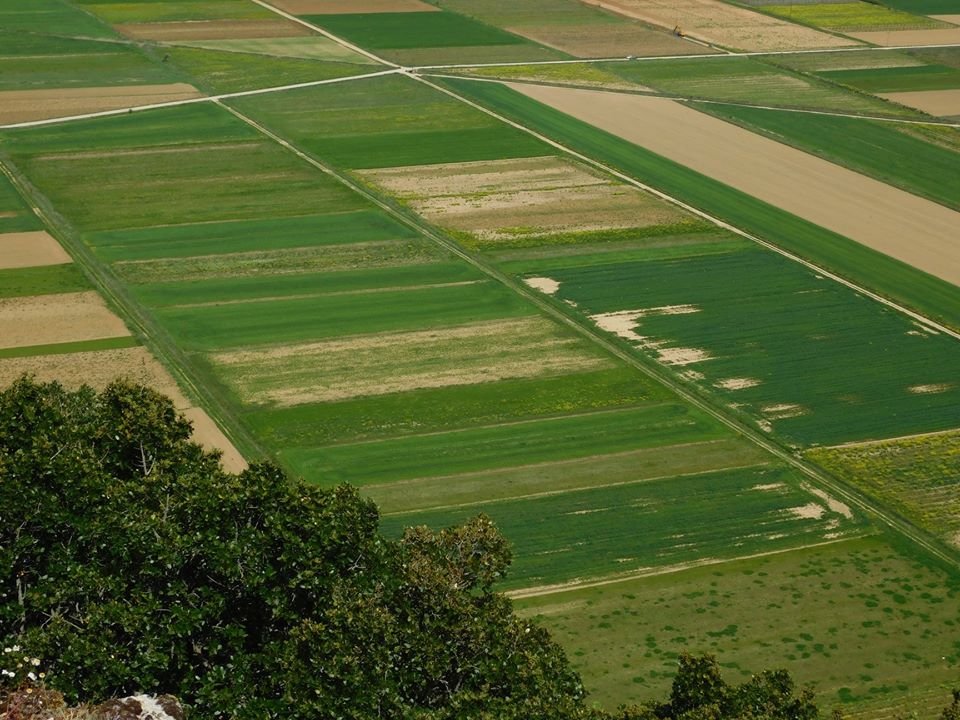

Routes in nature

